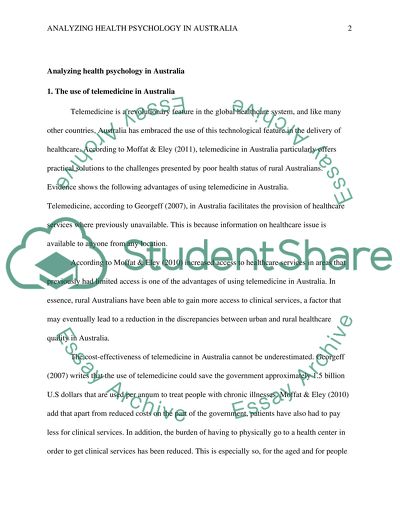Cite this document
(“Health Psychology Essay Example | Topics and Well Written Essays - 1500 words - 1”, n.d.)
Health Psychology Essay Example | Topics and Well Written Essays - 1500 words - 1. Retrieved from https://studentshare.org/nursing/1621714-health-psychology
Health Psychology Essay Example | Topics and Well Written Essays - 1500 words - 1. Retrieved from https://studentshare.org/nursing/1621714-health-psychology
(Health Psychology Essay Example | Topics and Well Written Essays - 1500 Words - 1)
Health Psychology Essay Example | Topics and Well Written Essays - 1500 Words - 1. https://studentshare.org/nursing/1621714-health-psychology.
Health Psychology Essay Example | Topics and Well Written Essays - 1500 Words - 1. https://studentshare.org/nursing/1621714-health-psychology.
“Health Psychology Essay Example | Topics and Well Written Essays - 1500 Words - 1”, n.d. https://studentshare.org/nursing/1621714-health-psychology.


